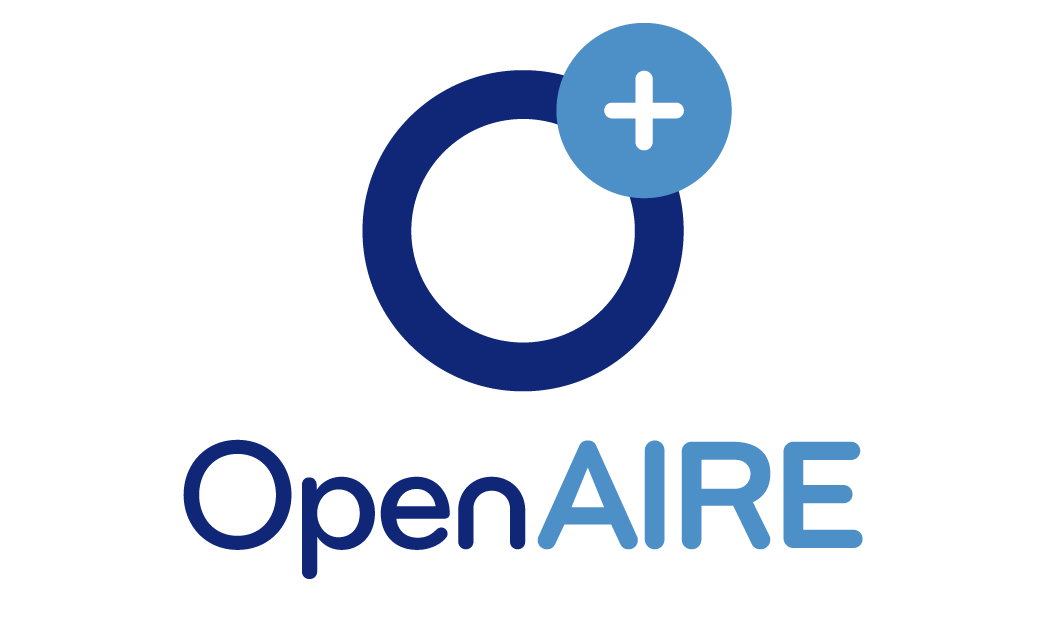EFFECTIVE METHODS OF TEACHING TAX STUDENTS IN ENGLISH AND RECOMMENDATIONS FOR THE DEVELOPMENT OF THE FIELD
Keywords:
Tax education, English language teaching, effective teaching methods, clear communication, vocabulary building, scaffolded instruction, visual aids, real-life examples, active learning, language support, technology integration, cultural awareness, continuous feedback, assessment, language immersion, professional development, supportive learning environmentAbstract
This article explores effective methods for teaching tax students in the English language. It addresses the unique challenges faced by educators in this field and provides practical strategies to enhance the learning experience. The article emphasizes the importance of clear communication, vocabulary building, scaffolded instruction, and the use of visual aids and real-life examples. It also highlights the significance of active learning, language support, and technology integration in tax instruction. Cultural awareness, continuous feedback, and assessment are discussed as key elements in effective teaching. The article concludes by emphasizing the benefits of language immersion, professional development opportunities, and the cultivation of a supportive learning environment.
References
Brown, H. D., & Lee, H. (2015). Teaching by Principles: An Interactive Approach to Language Pedagogy. Pearson Education.
Celce-Murcia, M., Brinton, D. M., & Snow, M. A. (2014). Teaching English as a Second or Foreign Language. National Geographic Learning.
Harmer, J. (2015). The Practice of English Language Teaching. Pearson Education.
Lightbown, P. M., & Spada, N. (2013). How Languages are Learned. Oxford University Press.
Nunan, D. (2015). Teaching English to Speakers of Other Languages: An Introduction. Routledge.
Richards, J. C., & Rodgers, T. S. (2014). Approaches and Methods in Language Teaching. Cambridge University Press.
Scrivener, J. (2011). Learning Teaching: The Essential Guide to English Language Teaching. Macmillan Education.
Ergashev, N., & G’aniyeva, G. (2023). RESEARCH HYDRAULIC RESISTANCE OF WET CLEANING DEVICEOF DUST GASES. Scientific progress, 4(1), 358-368.
G’aniyeva, G. (2023). BOSHLANG ‘ICH SINFLARDA TABIIY FANLARDAN SINFDAN TASHQARI ISHLARNI TAKOMILLASHTIRISHDA MEDIATA’LIMNING O’RNI. Евразийский журнал социальных наук, философии и культуры, 3(9), 18-22.
G’aniyeva, G. (2023). BOSHLANG ‘ICH SINFLARDA TABIIY FANLARDAN SINFDAN TASHQARI ISHLARNI TASHKIL ETISHDA VIRTUAL VOSITALARDAN FOYDALANISH. Молодые ученые, 1(18), 34-36.
G’aniyeva, G. (2023). BOSHLANG’ICH SINFLARDA TABIIY FANLAR BILAN INTEGRATSIYALASHGAN MEDIATA’LIMNING TUZILISHI. Евразийский журнал медицинских и естественных наук, 3(9), 7-12.
G’aniyeva, G., & Raimnazarova, G. (2024). BOSHLANG ‘ICH SINF O ‘QUVCHILARINING IQ DARAJASINI OSHIRISHDA MENTAL ARIFMETIKANING AHAMIYATI. Молодые ученые, 2(7), 84-86.
Aminovna, K. M. (2020). THE ROLE OF USING GAME TECHNOLOGIES IN STUDYING THE RUSSIAN LANGUAGE IN A NON-LANGUAGE UNIVERSITY. European Journal of Research and Reflection in Educational Sciences Vol, 8(5).
Анисимова, Е. Г. (2019). Современные педагогические технологии в образовательном процессе. ББК 72 Н 34, 8.
Хафизова, М. А. (2024). ПСИХОЛОГО-ПЕДАГОГИЧЕСКИЕ УСЛОВИЯ ЭФФЕКТИВНОГО ИСПОЛЬЗОВАНИЯ ИГРОВЫХ ТЕХНОЛОГИЙ В НЕЛИНГВИСТИЧЕСКОМ ВУЗЕ. International journal of advanced research in education, technology and management, 3(3), 131-139.
Aminovna, K. M. (2024). FEATURES OF GAMIFICATION IMPLEMENTATION IN THE EDUCATIONAL SPHERE. Web of Medicine: Journal of Medicine, Practice and Nursing, 2(3), 101-103.
Aminovna, K. M. (2024). APPLICATION OF GAME METHODS AS A BASIS FORMATION OF POSITIVE MOTIVATION NON-LINGUAL UNIVERSITY STUDENTS. Web of Teachers: Inderscience Research, 2(3), 55-58.
Хафизова, М. (2023). ИНТЕРАКТИВНЫЕ ИГРОВЫЕ ТЕХНОЛОГИИ НА УРОКАХ РУССКОГО ЯЗЫКА–ОДИН ИЗ СПОСОБОВ ФОРМИРОВАНИЯ РЕЧЕВЫХ НАВЫКОВ У СТУДЕНТОВ НЕЯЗЫКОВЫХ ВУЗОВ. Journal of Agriculture & Horticulture, 3(6), 56-59.
Хафизова, М. А., & Холдорова, Ш. О. (2023). ПРОБЛЕМЫ РАЗВИТИЕ СЛОВАРНОГО ЗАПАСА СТУДЕНТОВ НЕЯЗЫКОВЫХ ВУЗОВ НА УРОКАХ РУССКОГО КАК ИНОСТРАННОГО ЯЗЫКА. International Bulletin of Applied Science and Technology, 3(5), 389-391.
Собирова, Д. А., & Саидназарова, Г. (2014). Социальный интеллект как инструмент коммуникативного и организационного взаимодействия. Вестник по педагогике и психологии Южной Сибири, (2), 59-65.
Саидназарова, Г. Б. (2019). Навык педагогического влияния. Вестник магистратуры, (4-3 (91)), 80-81.
Саидназарова, Г. Б. К. (2021). ИННОВАЦИОННАЯ ДЕЯТЕЛЬНОСТЬ СОВРЕМЕННОГО ПЕДАГОГА. Вопросы науки и образования, (10 (135)), 37-40.
Саидназарова, Г. (2023). АL-BUXORIYNING MAʼNAVIY-AXLOQIY QARASHLARINI OʻRGANISH PEDAGOGIK MUAMMO SIFATIDA. Ижтимоий-гуманитар фанларнинг долзарб муаммолари/Актуальные проблемы социально-гуманитарных наук/Actual Problems of Humanities and Social Sciences., 3(S/8).





